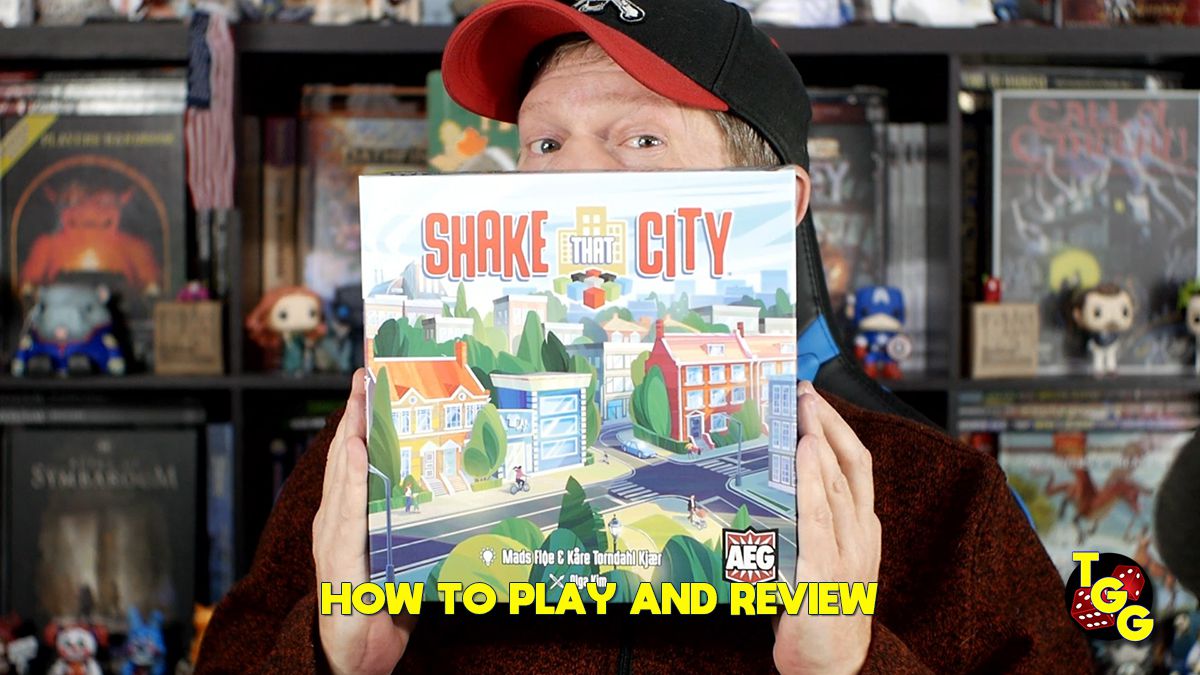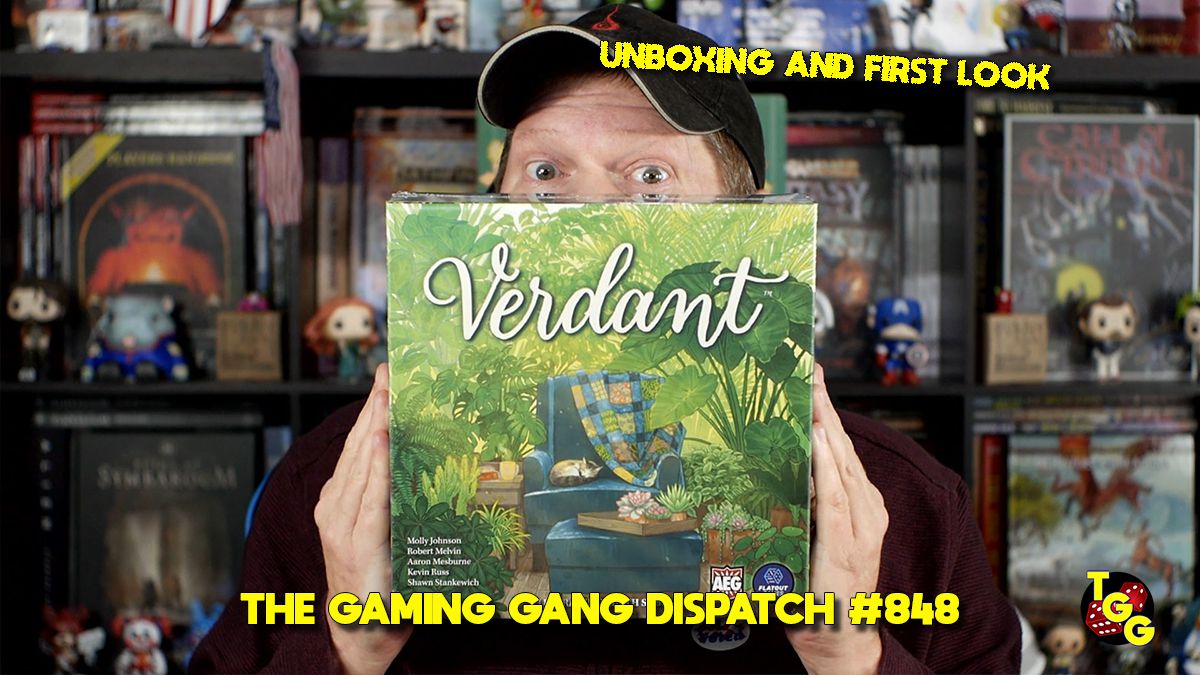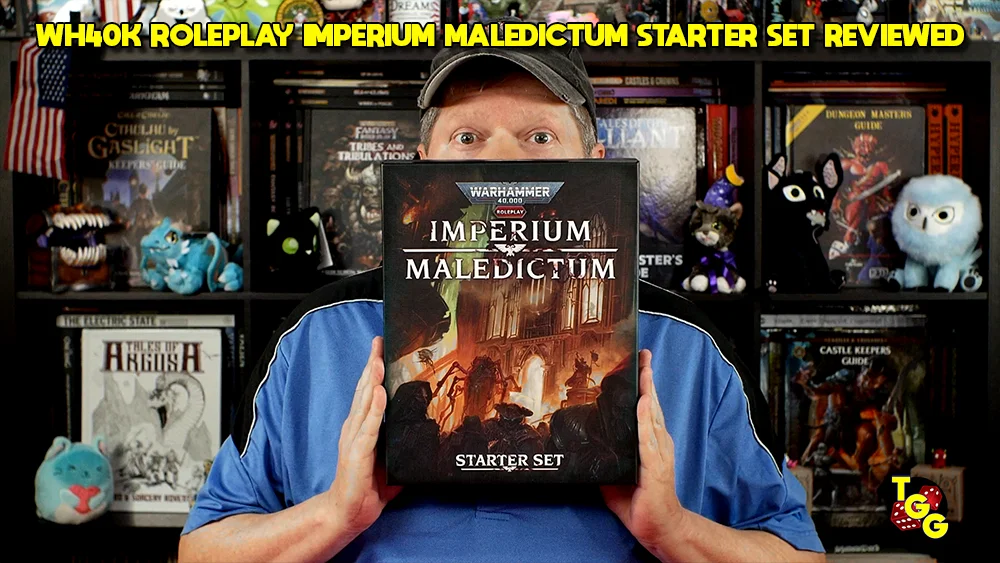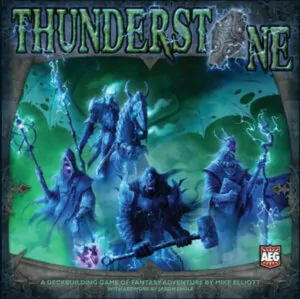
Publisher: Alderac Entertainment Group
Designer: Mike Elliott
Artist: Jason Engle
Year: 2009
Players: Two to five players
Ages: 12+
Playing time: 60 minutes
MSRP: $39.99
Thunderstone was number two onto the gaming scene as far as deck building games go. That wasn’t a bad place to be, as you can both cash in on some of the success of the original, and if you do a good job actually refine and improve upon it. The dangers are there as well. If the game is simply a copy of Dominion, then who will bother? If the game isn’t well designed, and simply a “Rush to Market” game to make as much cash as possible, it will quickly lose popularity.
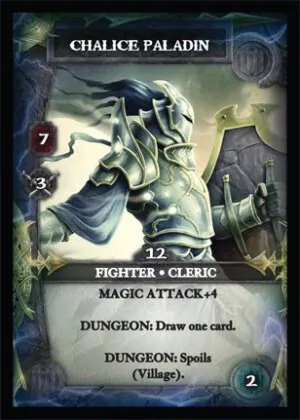
Let’s not get ahead of ourselves. The game box contains 530 cards, and a rulebook. For those that have complained that you would like it if you could fit all of your Dominion expansions in one box, take heart. The box insert for Thunderstone easily has enough room for an expansion or two. Plenty of divider cards are provided that are slightly wider than the game cards, allowing you to separate each card stack easily. The problem? You really need to add labels to these dividers, I’m not sure how, so that you can also find the cards you are looking for. Dominion’s box includes the name insert so that you can separate each card into its own slot, nothing like that in Thunderstone. So you sacrifice ease of setup for mobility.
The artwork is excellent by Jason Engle, the box art actually makes me long for a deck building horror game, with all its wraithlike creatures on it. The rulebook is glossy and full color. They aren’t the best, but do include several very good examples of play, which I did have to read in order to comprehend the rules completely. Unlike Dominion, which is rather easy to teach, Thunderstone has a definite learning curve. After a few plays we were in the groove and all was well.
The object of the game is to have the most victory points when the Thunderstone card appears and ends the game. Victory points are earned by defeating monsters or leveling up your heroes. Even some equipment can get you victory points, so it could be possible to win the game without defeating any monsters, but I haven’t tried it and I believe it would be pretty difficult.
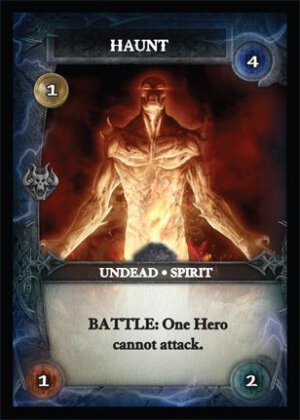
The hero stacks consist of twelve cards. As you move further down in the stack, the particular hero card goes up in level, to a max of level three. You need to spend earned experience points to level up your hero. There are six copies of level one (for example: Amazon Archer), four copies of level two (Amazon Huntress) and two copies of level three (Amazon Queen).
The monster deck is shuffled, and the Thunderstone card is shuffled into the bottom ten cards of the monster deck. You then lay out three monster cards face up next to the dungeon deck. These are the dungeon ranks, with Rank 1 being the farthest from the dungeon deck. There are penalties to your attacks for light modifiers, the deeper you go into the dungeon (IE The higher rank monster you face), the darker it is, so you need more light or you get penalized.
When a monster is defeated, the player take the monster card and adds it to their discard pile. This will now become part of your deck and provide certain benefits, as well as victory points to your final tally.
The Village stacks are laid out, and become the main source of purchases for players during the game. There are spells, weapons, equipment, and even militia that you buy for gold and add to your deck.
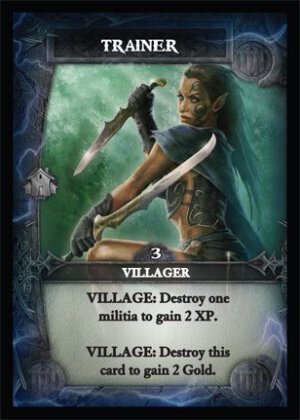
You must buy….A Shrubbery!!! If you visit the village, you can spend the gold listed on the cards in your hand to purchase a card in the village (including a hero card), and spend any experience to level up the existing heroes you happen to hold in your hand. Experience point cards are kept in a separate pile, so you don’t need to worry about needing to draw your hero and your experience cards at the same time. Many of the cards have effects that are either triggered if you enter the dungeon, or visit the village. Much of the early game is spent in the village, building up your deck and waiting to get a hand strong enough to defeat one of the monsters in the dungeon hall.
Well let’s kill him anyway! If you decide to enter the dungeon and challenge one of the monsters, you have some figuring to do. Monsters have effects that are triggered, as do heroes. There are light modifiers to your attack, there are weapons that you can equip your heroes with that give them bonuses. There are a multitude of factors that effect the final total, but if you can manage to have a higher attack value than the monster’s health, you win the battle. You get the monster card, and sometimes earn spoils or a disease card. You also earn experience that you can use later.
Calculating this attack total is by far the most difficult part of the game. There are many factors to take into account, but once you get the hang of it you will know if you can defeat a particular monster before you ever decide to enter the dungeon. The monsters all have different strengths and weaknesses. Some can only be harmed by magical attacks, some only by edged weapons, etc. It really depends upon what cards you draw for that hand. After the monster is defeated, move the monsters over in rank and draw a new card to put in rank 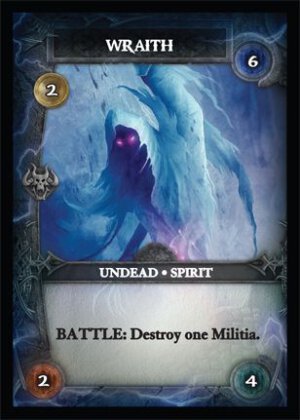
I’m not dead! Finally, you can choose to rest. This allows you to destroy one card in your hand, and ends your turn.
After you have completed one of these three actions, discard your remaining hand and draw six new cards. That’s it. Repeat until the Thunderstone card is drawn from the monster deck. When that card reaches rank 1, the game is over. Add up the victory points in your decks to find out who won.
It’s a good game. Your role is more of a dungeon party planner than as an adventurer, but you definitely feel like you are in a fantasy setting defeating monsters, rather that the abstractness of playing Dominion. It takes about an hour and you can increase this simply by adding more monsters to the monster deck. I like that you are able to level up your heroes, the level 3 heroes are much better than their lower counterparts. I did notice that I didn’t get the same Dominion feeling of trying to build up killer combo’s, Thunderstone was more like hoping to draw a good poker hand. Your deck building skill and your ability to maximize the use of your hand adds the greatest amount of strategy to the game, after that is a crap shoot of waiting to get the perfect hand to beat that monster. We had a good time and played a second game right after the first. By the end of the second game, we were calculating our attacks like pro’s.
A final note: You can also download a set of solitaire rules from the AEG website.
[rwp-review id=”0″]
- A Dungeon Delve for Kids?: A Review of Dungeon! - Oct 24, 2022
- Better, Stronger, Faster | Descent: Journeys in the Dark Second Edition Reviewed - Oct 23, 2022
- Your Planet is Doomed!: Invasion from Outer Space Reviewed - Oct 22, 2022




